
Introducing plants into your living space is a great way to spruce up your home. There's nothing like a touch of greenery to bring a room to life. And contrary to common opinion, taking care of your houseplants is as easy as it is important. Some of you may feel like you have the worst luck when it comes to nurturing your houseplants. Almost as if your home is where plants go to wither away, well that is simply untrue. So consider this your sign to keep the faith.
With the help of some experts, we have assembled an overarching guide on how to best care for the houseplants in your indoor garden, regardless of your skill level. Whether you're new to plant parenting or a seasoned gardener, keep these tips in mind when caring for your indoor ecosystem.
1. Dust your leaves
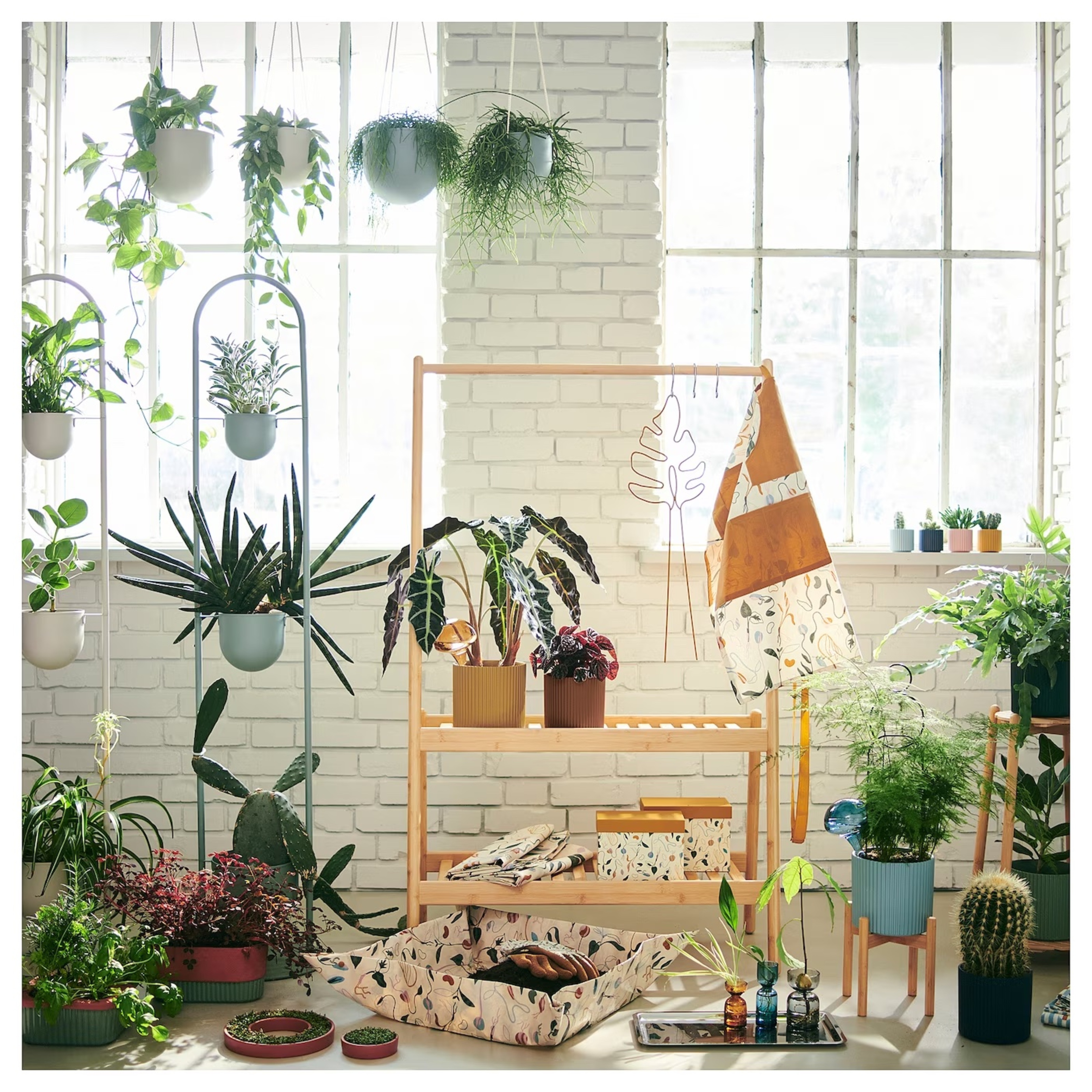
Cleaning your home is considered essential, so why not dust off your plants every now and then? This step is often overlooked and can be considered a rookie mistake in the world of plant care. Justin Hancock, horticulturist at Costa Farms, is a big believer in giving your plants a spring cleaning. 'Dust that accumulates acts like a filter, reducing the amount of light that reaches the chlorophyll in your plants’ leaves. So periodically washing them or dusting them will keep them looking better and help them to grow,' says Justin.
Plant expert Paris Lalicata, also suggests giving your windows a quick rub down. 'You’ll be surprised how much more light comes into a space after cleaning your windows,' notes Paris.
2. Air out your plants
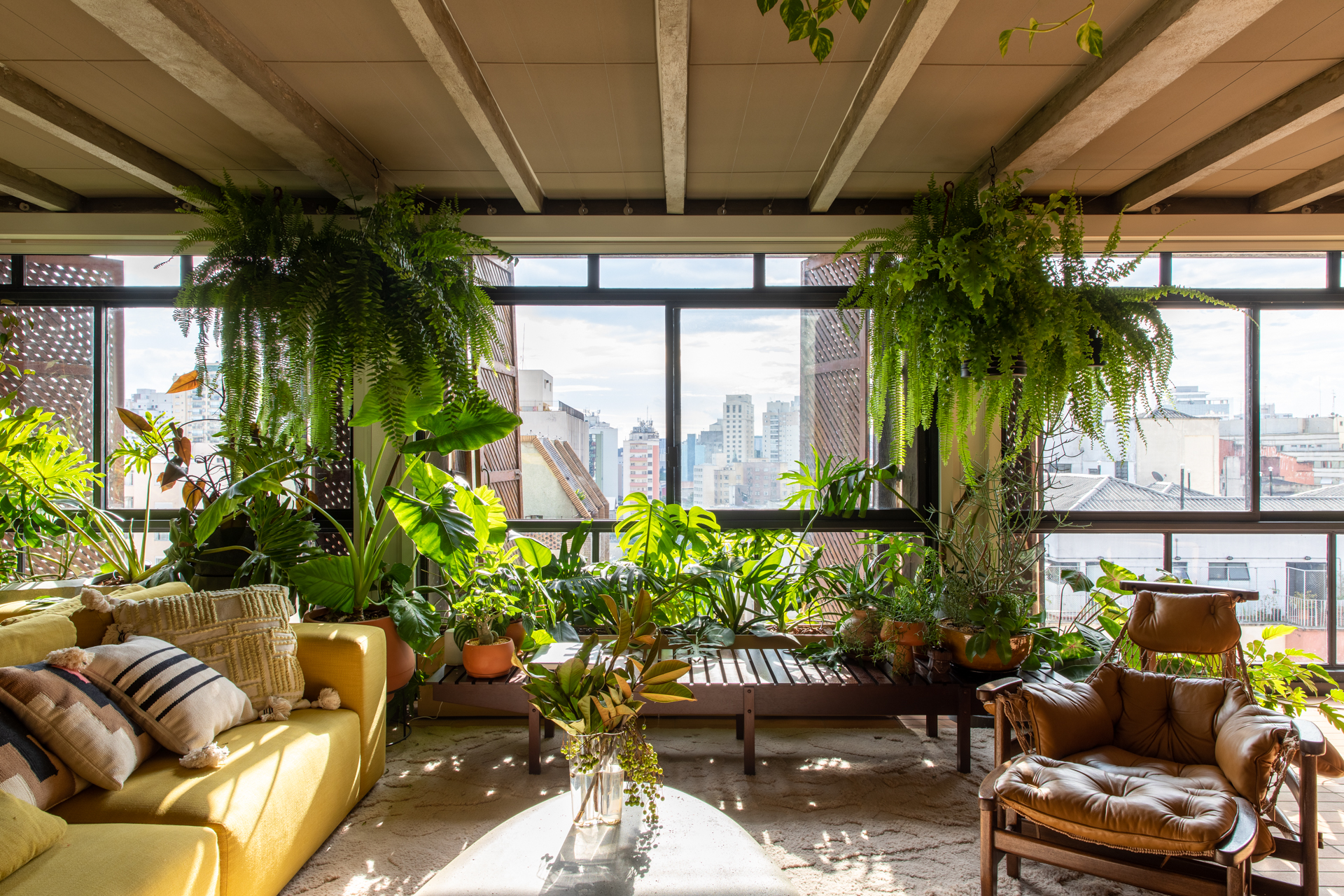
This is a particularly great tip to let your modern garden of houseplants flourish. Despite indoor plants being absolute homebodies, they do need a little exposure to the outside environment. Simply airing them out for a short period is a great way to give them a refresh.
'If you want to optimize your houseplants for growth and have a shaded spot where you can take them outside, move them out after temperatures no longer drop below about 55F at night,' notes Paris. She advises relocating your plants only if you have a covered outdoor area as they will not be able to tolerate direct sunlight.
3. Reassess the lighting

Due to seasonal changes, the days will grow longer and in turn, the sun will shine down on your indoor garden more than your plants have been accustomed to during the cooler months. Hence, it's important to check on your plants to make sure that they are getting enough sunlight or to prevent them from sunbathing for longer than advisable.
Monitor your plants and do some research on what each plant's ideal sunlight intake should be. And if you'd like to go the extra mile, Paris suggests using a light meter for an accurate read on sun exposure. We love this full-spectrum light meter from Amazon that works well for both indoor and outdoor gardens.
4. Monitor the watering
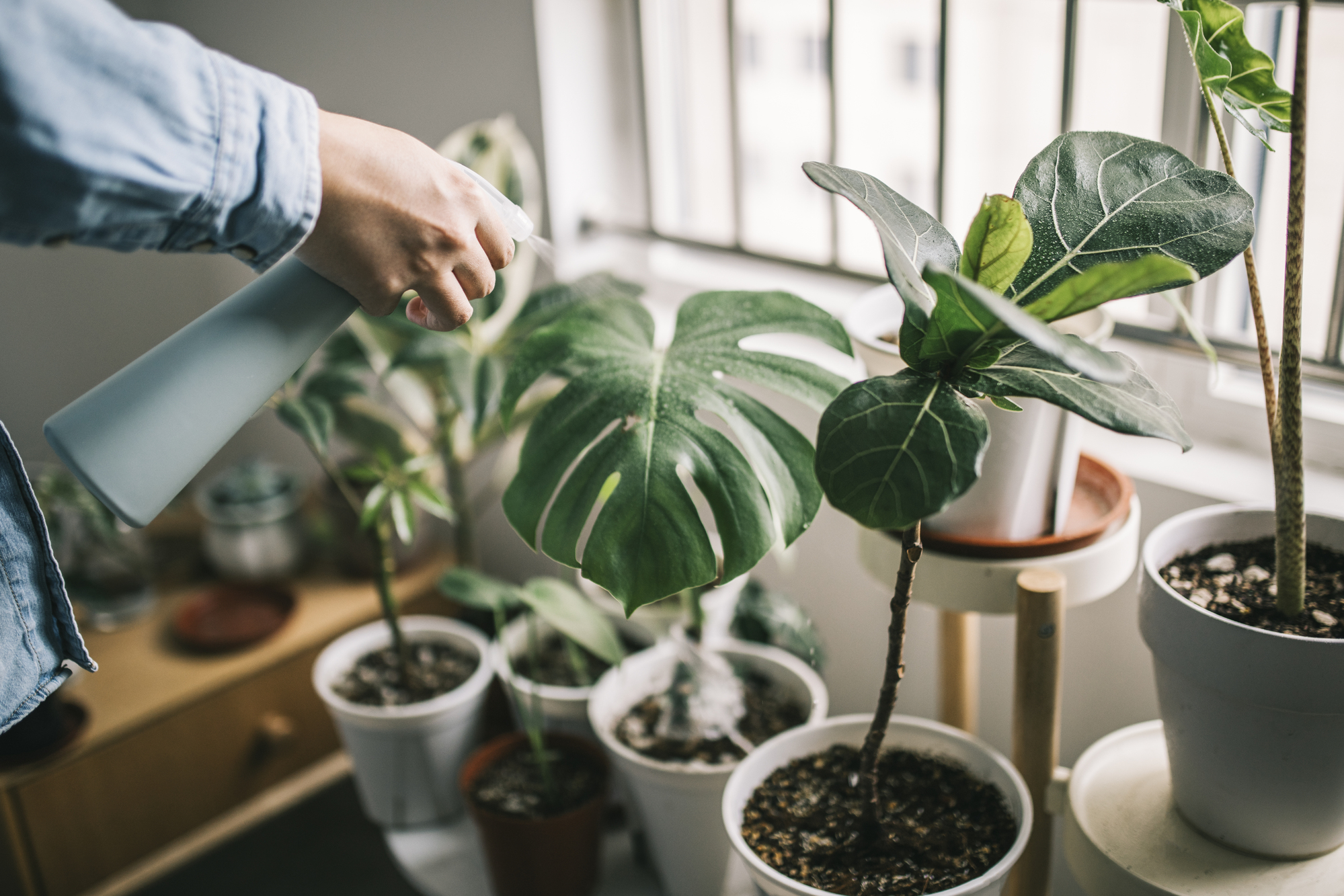
Generally, in time for summer and spring, your plants are likely to soak in more sunlight, thereby growing faster. This also means that your plants are likely to get thirsty at a quicker pace. So, it only makes sense to adjust your watering schedule to rehydrate them at the same rate.
Justin points out that most houseplants are potted in a mix consisting of peat or coir, both of which are great at absorbing moisture, except for when they are dry. 'You’ll notice that it's dry if when you add water, it just rolls right off the sides of the rootball. If this is happening to any of your plants, soak the rootballs in water for 10-15 minutes to help them slowly become absorbent again’, he says.
If you spot leaves that are curling or wrinkling or if your plant appears to be drooping and wilting, Paris says that it is probably a sign that your plant is parched. Using a device catered to plants like this moisture meter from Target is another great way to find out if your plant is in need of watering.
5. Repotting
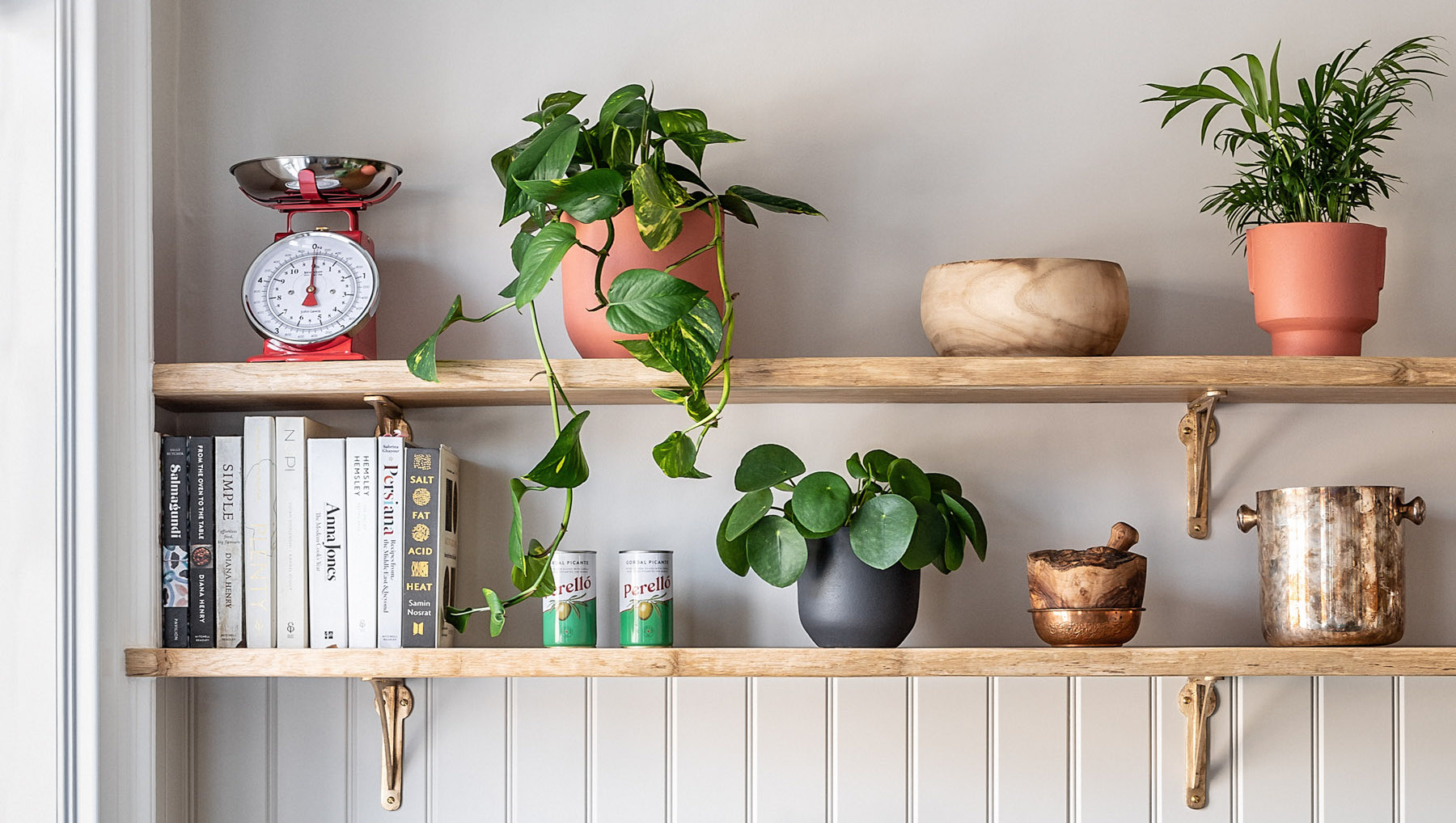
If you're like us and you love decorating your home with plants, a stylish planter can make a gorgeous addition to your home garden. However, giving your plants a fresh pot does so much more than just elevating the planter's aesthetic. According to Justin's horticultural expertise, spring is when plants begin to put on more growth, making it the perfect time to repot. 'If you repot your plants as the roots start to comprise of about 75% of the rootball (so there’s 25% soil visible), you’ll find they grow more and faster,’ he notes.
Repotting also allows you to treat the plants to a fresh batch of soil. Paris says: 'Providing fresh soil helps to provide a better soil structure for plants, as well as fresh nutrients and ability to hold water.’
6. Pruning
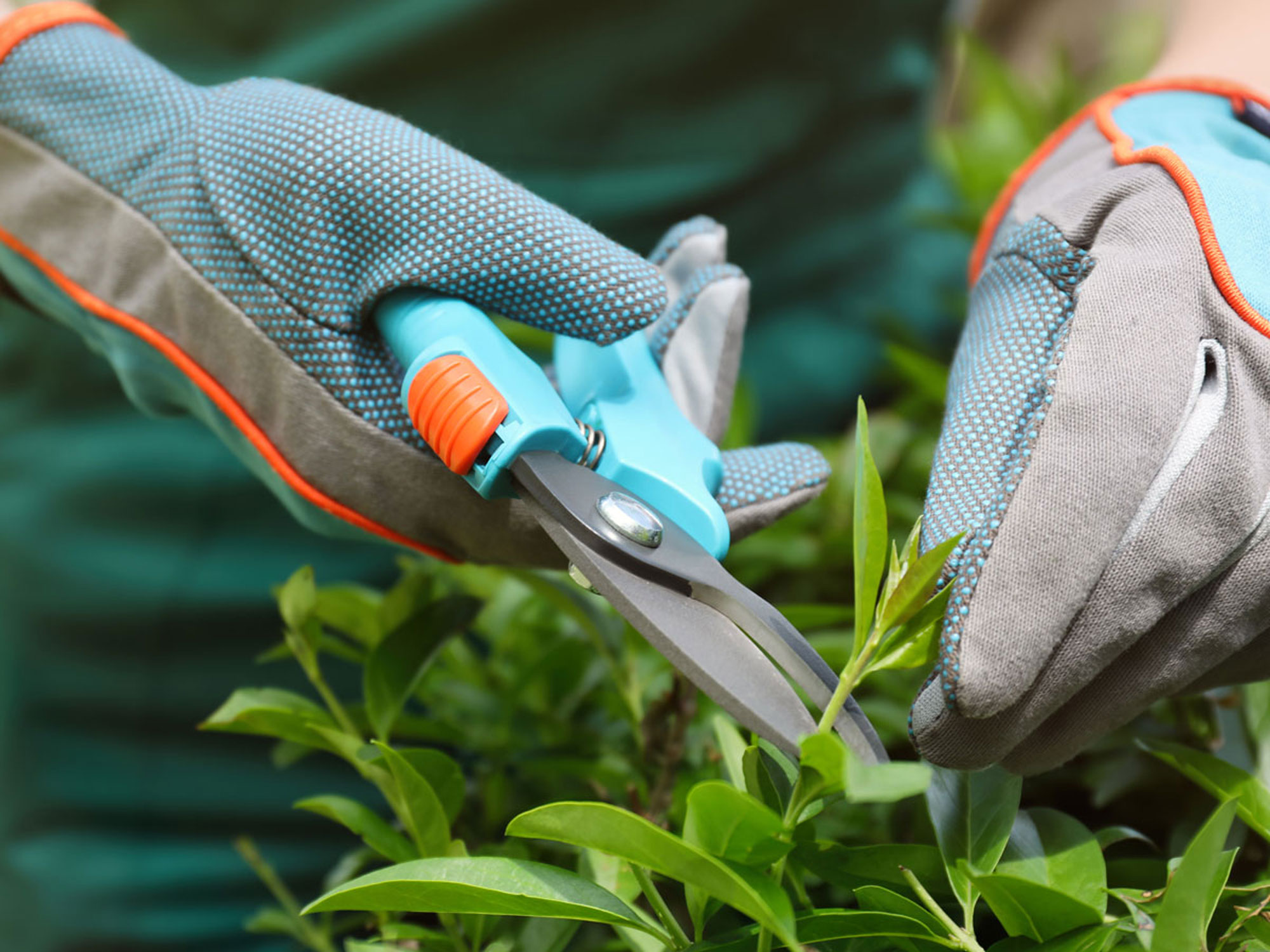
A snip and a trim where needed can do wonders for your plant's health. Pruning is another step that does more for the plant beyond the surface level. When tending to the pruning process, ensure that you are gentle with your plant.
'Give your plants a nice refresh by pruning off any dead or lackluster foliage. This is the best time to prune back any vining plants or trees to stimulate branching,’ notes Paris. She tells us that this helps to increase the plant's yield, as well as produces a more bushier shape.
7. Fertilizing
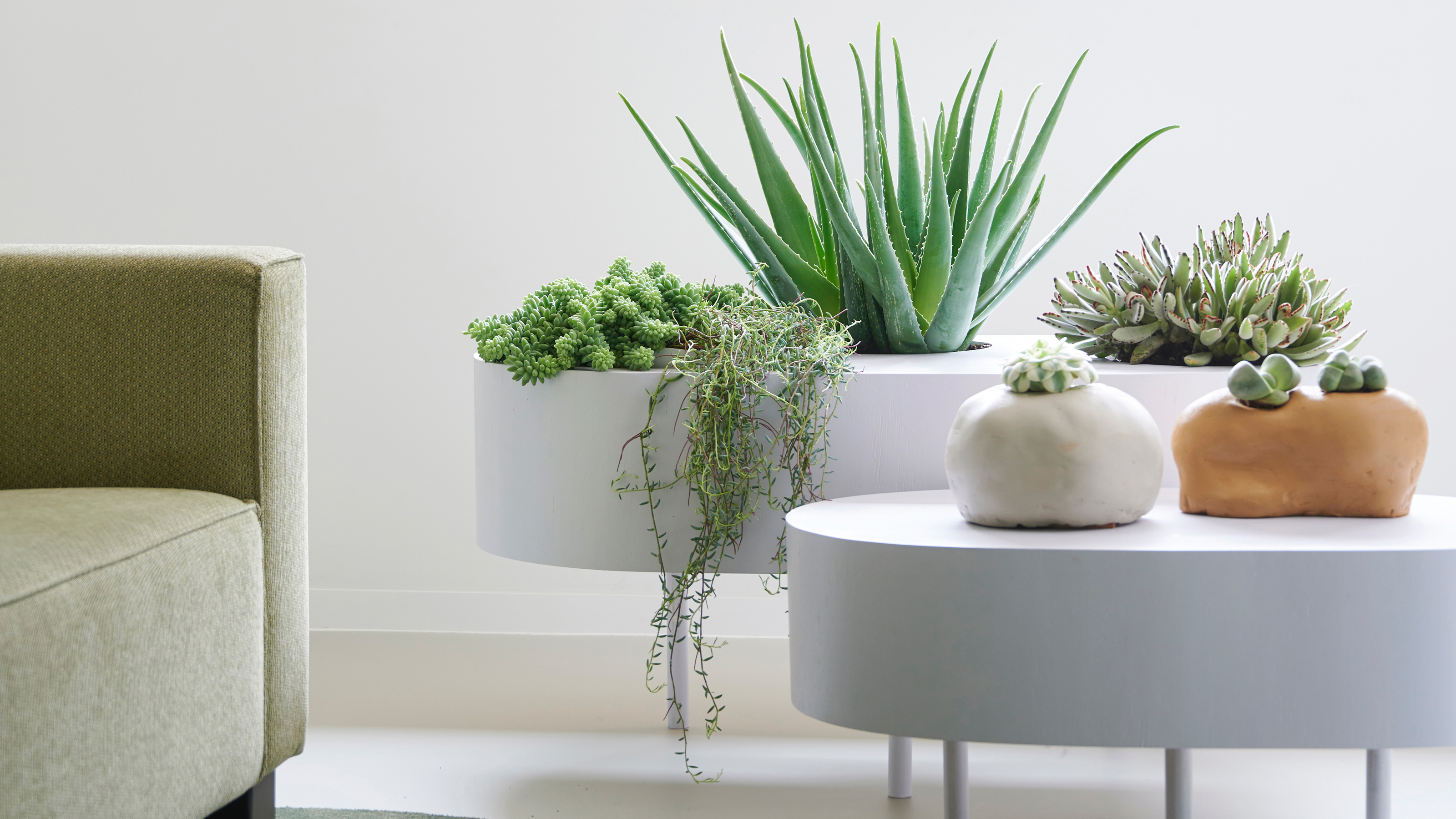
'Indoors, we have fewer organisms like insects, animals, fungi, bacteria, etc. interacting with the soil. So the cycle of organic matter breaking down into nutrients that the plants can absorb is a lot slower,’ says Julian. Even low-maintenance houseplants require a frequent intake of nutrition for healthy growth. As the optimal season for gardening, adding a little bit of fertilizer to your plants in spring can give them the boost they need to bloom.
When fertilizing your plants, Paris advises: 'Always follow application rates on the bottle you get as each will be different. Less is more in some cases and you want to avoid over-fertilizing your plants which can be fatal.’
8. Propagating
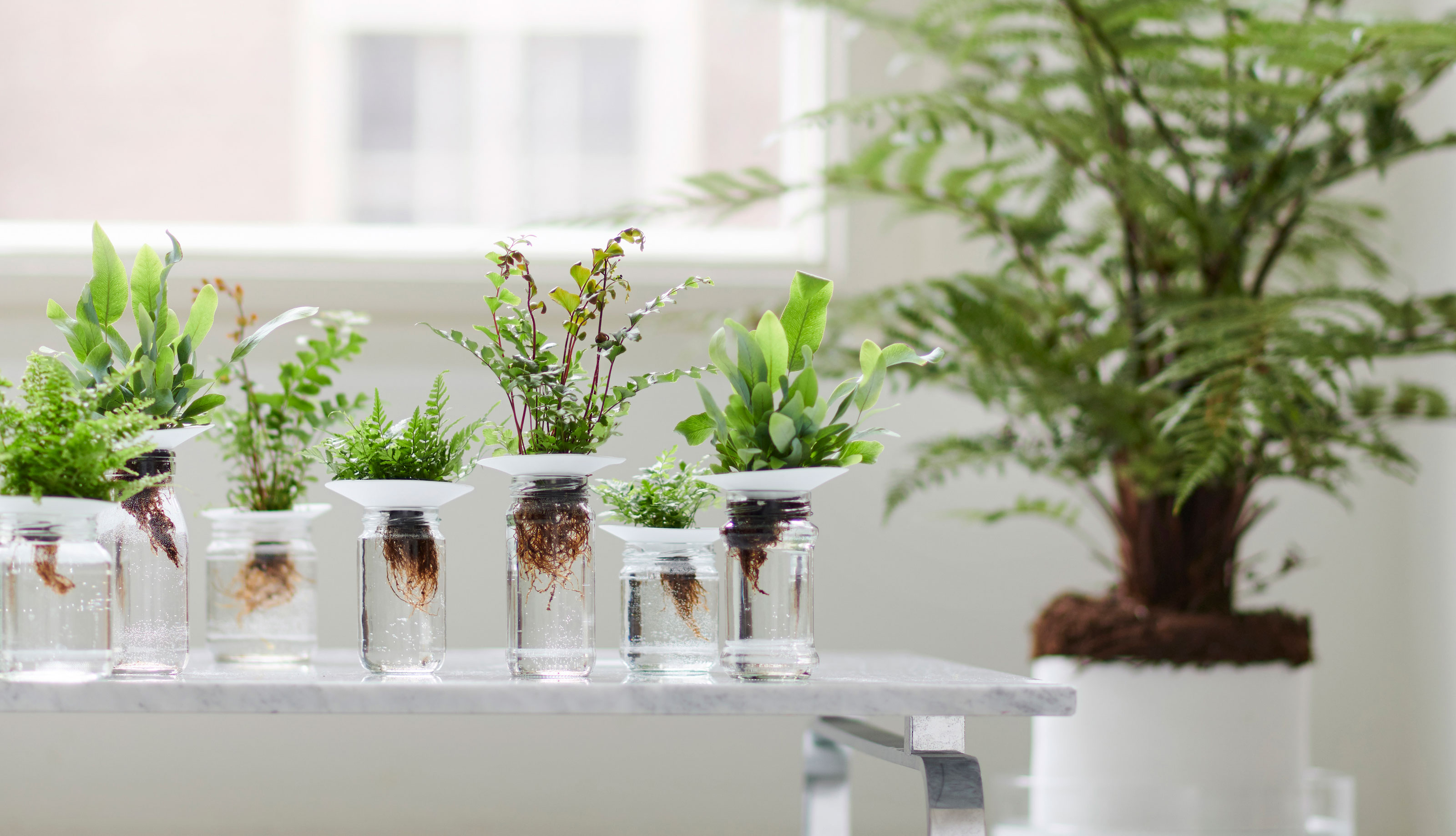
Propagation has got to be one of our favorite gardening trends. This is a wonderful way to expand your plant family sustainably while also taking the next step in your gardening era.
'If any of your plants have gotten bigger than you’d like, spring is a great time to take cuttings. This helps keep your plants compact and shapely, and also gives you baby plants to share with friends and family’, suggests Justin.
A breath of fresh air, a dash of fertilizer, and some time in the sun may be just the answer to your plant problems. Incorporating these basic yet supremely essential gardening tips into your daily plant care routine can take your plants from wilting to positively glowing.






